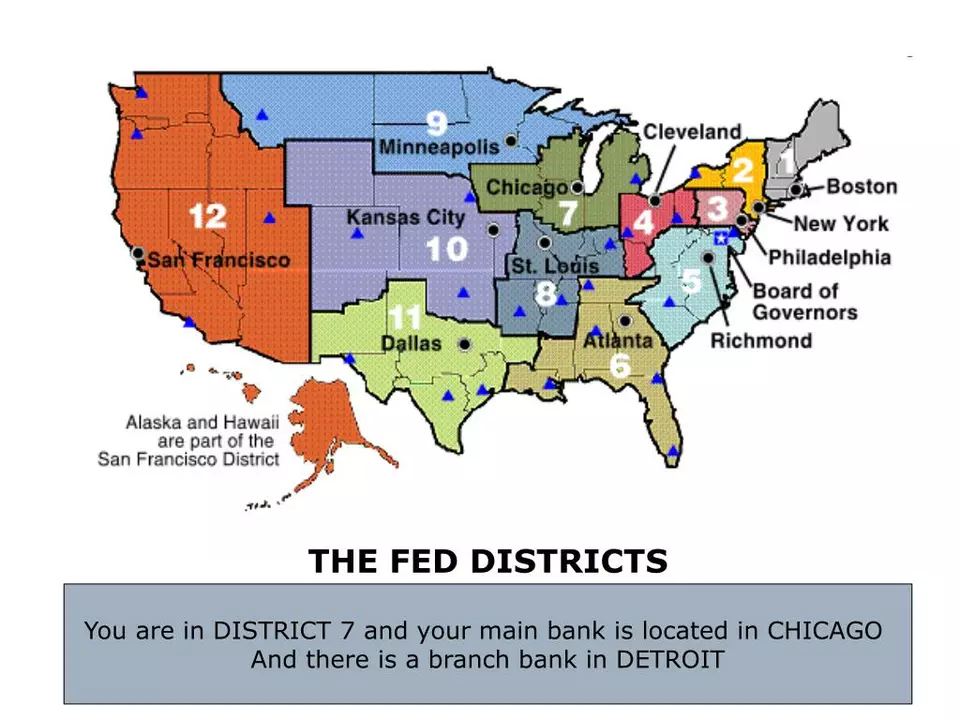Geography and Travel: Stories, Borders, and Hidden Connections
When diving into Geography and Travel, the study of how places, people, and movement intersect. Also known as Geog & Travel, it helps us see why a map line can change a whole journey.
One vivid illustration is Kansas City, a city that straddles two states in the American Midwest. Frequently, people assume it belongs to Kansas because of the name, yet most of the city lives in Missouri, the state that governs the larger urban area. This split shapes everything from tax rates to public transit, showing that Geography and Travel isn’t just about scenery – it’s about the rules that govern movement.
Why Borders Matter in Travel
State borders act like invisible checkpoints. They dictate where a road maintenance crew works, where a driver pays tolls, and even which side of the street a bike lane appears on. The Kansas‑Missouri line around Kansas City demonstrates a classic case: travelers crossing from one side to the other might need a different driver’s license endorsement or a separate parking permit. In other words, state borders, political boundaries that separate jurisdictions directly influence daily travel choices.
Understanding these borders requires a grasp of regional history. The area now called Kansas City was settled before Kansas became a state in 1861. Early traders chose the spot because the Missouri River, one of North America’s major waterways offered a natural highway, while the adjoining Kansas River, a tributary that feeds into the larger system provided additional transport routes. That geographic advantage made the location a hub long before modern state lines were drawn.
Travel writers love this blend of natural routes and political lines because it creates stories that are both scenic and strategic. When you read a guide that mentions “cross the river, enter a new state, and watch the skyline change,” you’re getting a snapshot of how Geography and Travel merge physical terrain with human decisions to shape experience.
Another layer to consider is cultural identity. Residents on the Kansas side often identify with the Great Plains, while those on the Missouri side feel more like Midwestern city dwellers. This split influences everything from culinary preferences to sports team loyalties. So when a tourist orders a “Kansas City BBQ” in one neighborhood and a “Missouri brew” in another, they’re tasting the subtle ways geography and travel inform local culture.
For planners and policymakers, the Kansas City example is a case study in coordination. Infrastructure projects—like bridges over the Missouri River—must be approved by both state governments, requiring joint funding and shared standards. That cooperation showcases how the field of urban planning, the design and regulation of city spaces leans on Geography and Travel to solve real‑world problems.
Travel enthusiasts can use this knowledge to make smarter trips. Knowing that a short drive across a state line can change speed limits, gas tax rates, or even the type of roadside food available helps you budget and plan more efficiently. It also adds a layer of fun—spotting a change in road signs becomes a mini‑game.
On a broader scale, the concept scales up. Borders between countries work the same way but on a larger, more complex level. Whether you’re crossing from France into Spain or from Canada into the United States, the same principles apply: geography sets the stage, political borders dictate the rules, and travel is the performance.
When you explore the world, you’ll notice that many famous cities share similar quirks. Think of St. Louis, a city right on the Mississippi River that also abuts multiple states or Texarkana, a twin city split between Texas and Arkansas. Each provides a fresh angle on how Geography and Travel intersect with daily life.
For newcomers to the topic, start by looking at a map and picking a city that sits on a border. Trace the rivers, highways, and state lines that cut through it. Then ask: how does that line affect where people work, shop, or play? That simple exercise mirrors the investigative mindset of seasoned geographers and travel writers.
If you’re a seasoned traveler, consider the hidden opportunities a border offers. Some states have lower sales tax on certain goods, while others provide unique festivals that only happen on one side of the line. Planning a route that deliberately crosses a few borders can turn a ordinary road trip into a treasure hunt.
In the end, Geography and Travel isn’t a dry academic subject; it’s a living, moving story. From the early traders on the Missouri River to today’s commuters in Kansas City, each chapter shows how places shape journeys and how journeys, in turn, reshape places.
Below, you’ll find articles that dig deeper into these ideas—stories about border towns, travel tips for navigating state lines, and historical nuggets that explain why maps look the way they do. Dive in and see how a simple line on a map can change everything.



